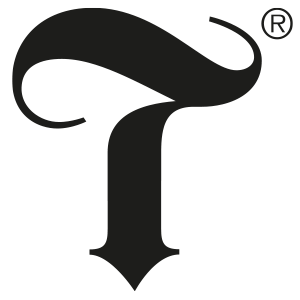Branding for a cost of living crisis: six things to consider
First there was the global energy crisis. Now people are worried about increasing economic uncertainty and whether they’ll be able to meet their mortgage payments. Spending on everyday essentials like groceries and bills is rising faster than average household incomes as the cost of living crisis bites.
The current financial climate can’t be ignored but it isn’t all bad news. Some brands are already seizing opportunities to build a stronger rapport with customers, shifting the emphasis from quality to cost and providing deals that lighten the load. Here are six things to consider when branding - or developing new products or services - for a cost of living crisis.
1 – People will be looking for value for money.
Think carefully about how you’ve previously framed your brand proposition. Did you choose to emphasise quality? Attention to detail? Customer service? We always tell businesses not to trade on price and that people will choose branded goods over price-led products. That still applies but with cost firmly in people’s minds, it might be beneficial to reconsider the various aspects of your brand credentials and the ways in which you present your products to customers. A Truth Lab could help you to unlock opportunities for your product range or brand persona that haven’t previously been considered, such as whether it could offer better value for money than similar products in the same category, or could be considered a longer term luxury or investment purchase.
2 – Product innovation.
It takes time and money to innovate, but there could be missed opportunities if you don’t consider it. Could you find ways to stretch your brand by finding other areas that it would be easy to adapt into? Are there ways of ensuring affordability that you hadn’t previously considered? The success of interest free payment methods such as Klarna demonstrate the appetite for new ways to spread the cost. Discount supermarket brand, Iceland, recently launched an interest free loan to help families out - developed in partnership with social enterprise Fair For You, it allows members to apply for interest-free microloans (£25-£100) on a pre-loaded card, which could be spent in any Iceland store. Truth has experience in both product development and branding, and in devising innovative marketing approaches for new products.
3 – Keep an eye on changing spending patterns.
According to the Office for National Statistics, the cost of living crisis has changed the way that consumers spend money. For those who had seen their cost of living go up, the most common lifestyle changes they had made as a result were:
spending less on non-essentials (57%, around 26 million people)
using less gas and electricity in their home (51%, around 24 million people)
cutting back on non-essential journeys in their vehicle (42%, around 19 million people)
Keeping an eye on changing spending patterns will enable you to assess whether your current brand and product range is fit for purpose.
4 – Consumers expect brands to help them.
According to research by national publisher Reach, consumers are still keen to hear from brands. Of those surveyed, 87% of respondents said they expected to hear from brands just as much if not more during the current economic uncertainty.
However, many of those asked wanted more than just to hear from brands during the crisis: the research also showed that 58% of those asked wanted brands to help them through it.
Respondents named supermarkets, food and drink and finances as the brand categories who had the most credibility when it came to addressing the cost of living crisis. You can download Reach’s research here.
5 – People are reconsidering digital subscriptions.
The pandemic led to a boom time for digital content subscriptions that are now being reconsidered. Research by EY shows that consumers are retreating on connectivity and content needs as they prioritise financial and mental well-being. The latest EY Decoding the digital home study, which surveyed more than 2,500 households in the UK to analyse how the cost-of-living crisis has impacted consumer attitudes toward technology, media and telecoms used in the home.
The study confirms that the cost of living crisis is putting pressure on the digital home. More than half of UK households are concerned that their broadband provider (61%) and TV provider (49%) will increase subscription rates, and 43% believe they pay too much for content they don’t consume. We’re not saying there’s a reason to panic if you run a digital business, but it might be a good idea to identify the ways in which it offers better value for money in comparison to other discretionary spend.
6 – Don’t forget the bottom line.
At Truth, we’re all about providing branding that supports the bottom line. As well as reviewing your branding to ensure it still makes sense at a time of heightened awareness of financial issues, it will also be helpful to review campaign activity to ensure that it’s delivering commercially as well as emotionally. As this article from Google suggests, try setting joint targets for your marketing and finance teams. It will provide additional focus at a time when it pays to ensure you’re thinking about every penny.
The increased cost of living doesn’t need to lead to a crisis for your business. Speak to Truth if you’d like to take part in a Truth Lab - a quick and efficient way to solve problems and identify opportunities. Find out more here.
